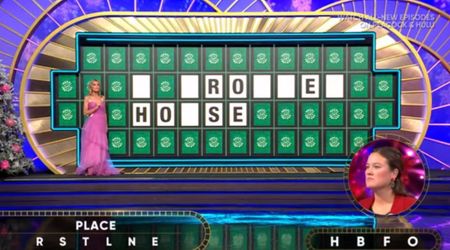Rent-To-Own Model Is Experiencing a Resurgence; What Does It Mean for Aspiring Homebuyers?

Rent-to-own homes: Bridging financial gaps for overlooked demographics

The challenging landscape of the current housing market, marked by soaring home prices, interest rates, and reluctance among older homeowners to downsize, has left many first-time buyers struggling to enter the market. In response to these challenges, some individuals are turning to alternative homebuying options, such as the rent-to-own model, which gained popularity in the 1990s and is experiencing a resurgence.
Rent-to-own homes: A complex path to homeownership
For those unable to secure traditional mortgages due to credit score issues or lack of a substantial down payment, rent-to-own agreements present an alternative path. This model involves renting a property for a specified period, with the option to purchase it before the lease concludes. The process consists of two key components: a standard lease agreement and an option to buy.
Key considerations in rent-to-own agreements
Rent-to-own agreements necessitate scrutiny, given their complexity. Here are some crucial aspects to keep in mind:
Lease option vs. lease purchase: Understand the distinction between these contracts. A lease option gives you the right, but not the obligation to buy the home when the lease expires, offering flexibility. Conversely, a lease-purchase contract obligates you to buy the property, potentially leading to complications.
Nonrefundable upfront fees: Buyers often pay an upfront, nonrefundable fee known as the option fee which grants them the right to purchase the house in the future. This fee, typically negotiable, ranges from 1% to 5% of the purchase price.
Rent payments and purchase credits: Rent-to-own arrangements may allow a portion of rent payments to contribute to the eventual purchase price. Understanding the percentage applied and its implications is crucial.
Home maintenance: Depending on the contract terms, tenants might be responsible for property maintenance and repairs. Clarity on these obligations is vital for both parties involved.
Steps to navigate the rent-to-own process
Entering into a rent-to-own agreement involves a formal legal contract. Key steps include:
Agreeing on purchase price: Stipulate when and how the purchase price will be determined, whether upfront or at the end of the lease based on market value.
Rent application to principal: Determine if a portion of monthly rent applies to the eventual purchase price. This could offer a pathway to building equity over the lease term.
Home maintenance responsibilities: Establish who is responsible for property upkeep and repairs, ensuring that these details are explicitly outlined in the contract.
Buying the property: Depending on the agreement, buyers may need to secure a mortgage to purchase the property at the end of the lease term.
Rent-to-own: Who does it benefit?
Rent-to-own agreements can be a viable option for those aspiring to homeownership but face financial barriers. This includes individuals working to improve their credit scores, save for a down payment, or navigate nonconforming loan markets where traditional mortgages are harder to obtain.

Apart from those traditionally targeted by rent-to-own options, there's a growing demographic overlooked by this industry. In high-cost urban real estate markets, where nonconforming loans are standard, financially capable individuals face challenges securing financing. Rent-to-own solutions can bridge this gap, providing flexibility to creditworthy individuals with unconventional income sources or nontraditional financial backgrounds.
Before committing: Due diligence is key
Before signing a rent-to-own agreement, careful consideration and due diligence are essential. Here are crucial steps to take:
Choose the right terms: Distinguish between lease-option and lease-purchase agreements. Understanding the implications of each can prevent potential complications.
Seek professional guidance: Engage a qualified real estate attorney to review the contract, negotiate terms, and ensure a favourable deal.
Thoroughly research the contract: Scrutinize the contract for deadlines, option fees, rent payments, purchase price determination, and maintenance responsibilities.
Examine the home and the seller: Conduct independent appraisals, and property inspections, and research the seller's background to make an informed decision.



















